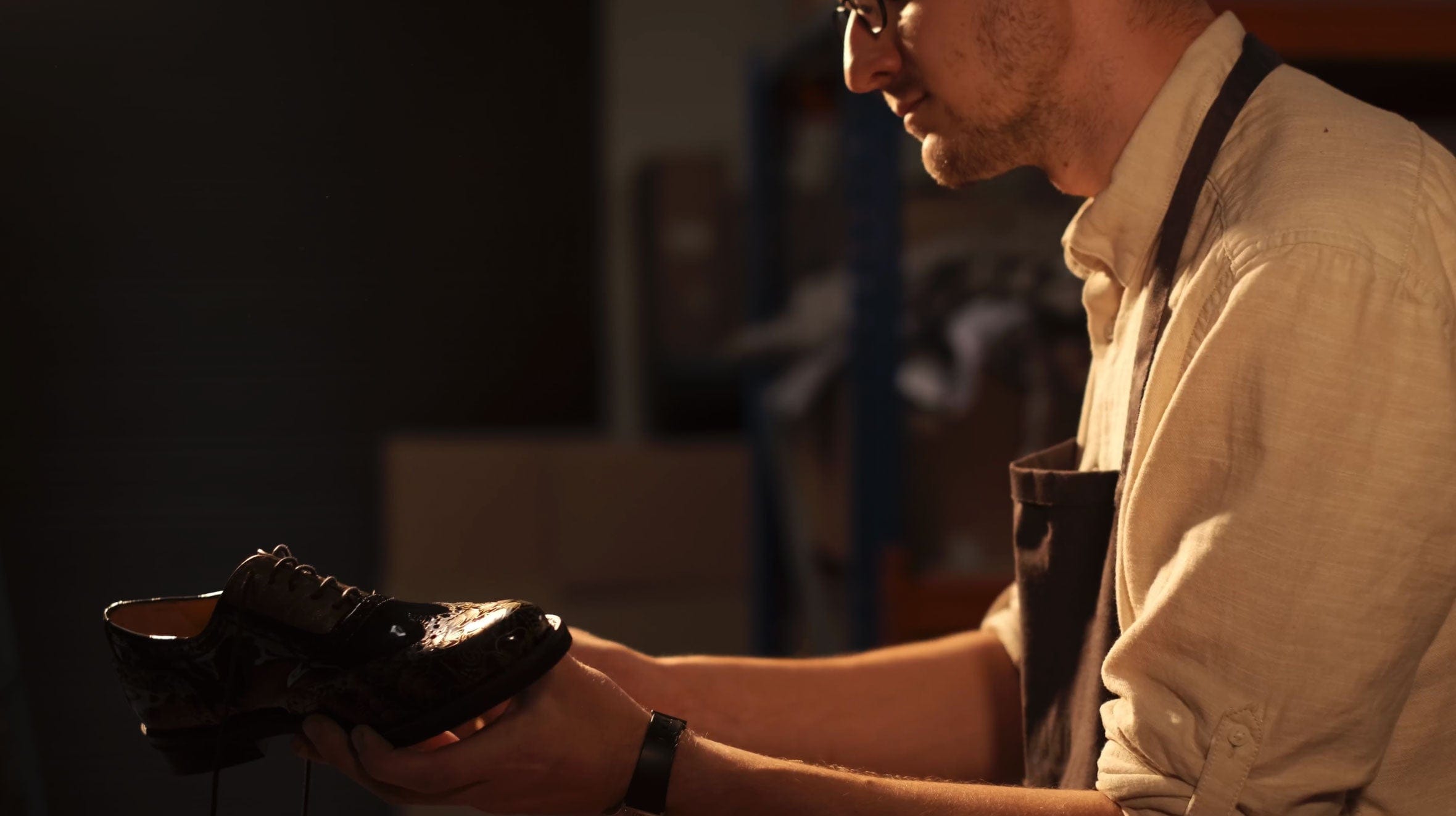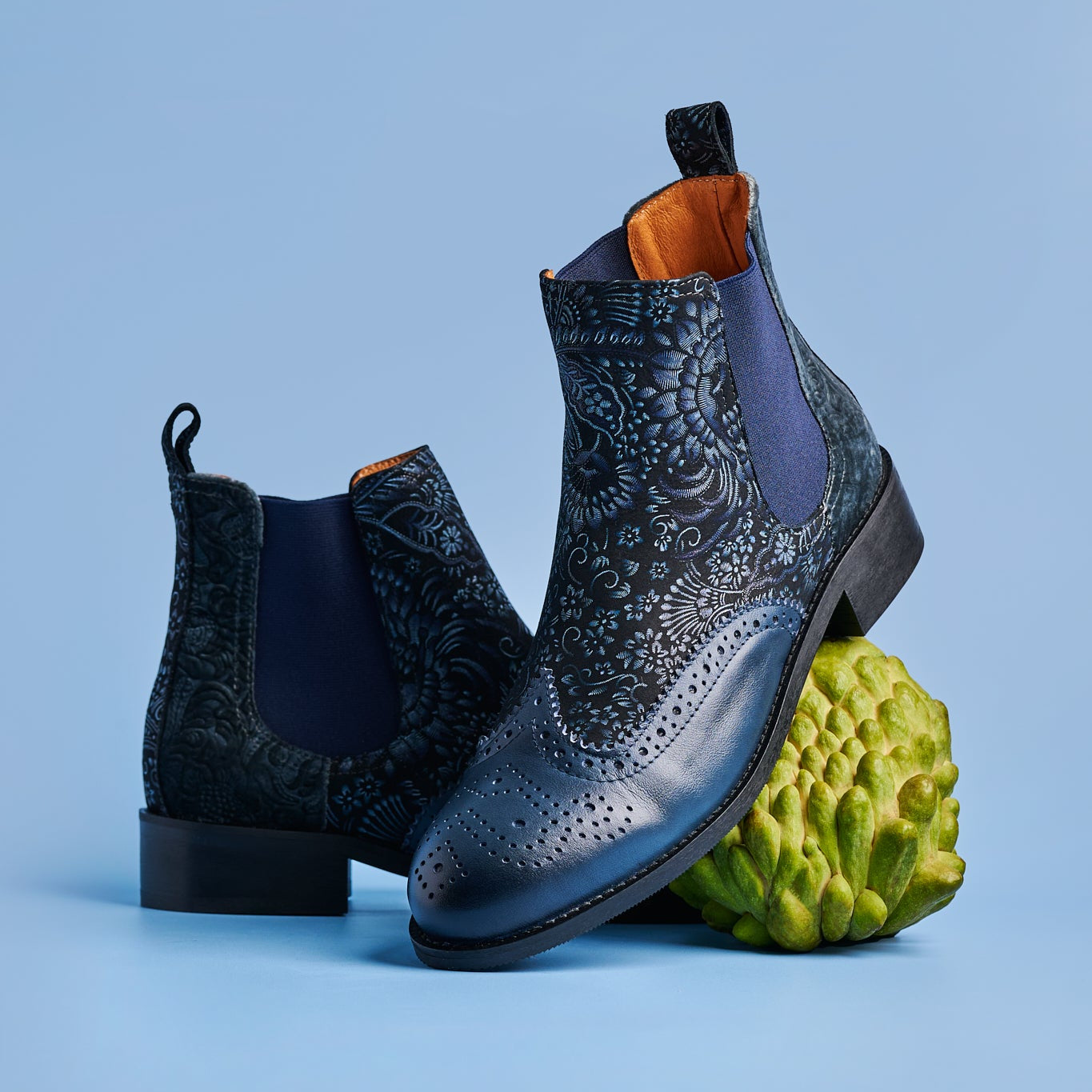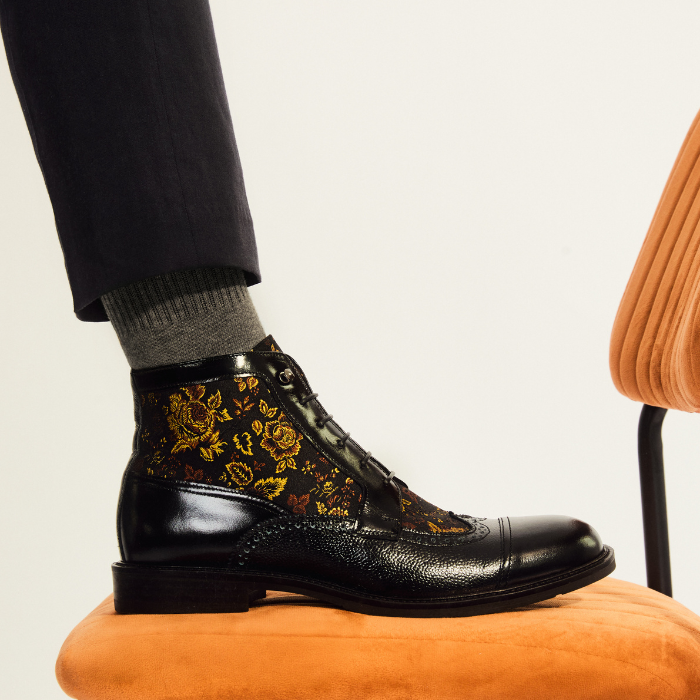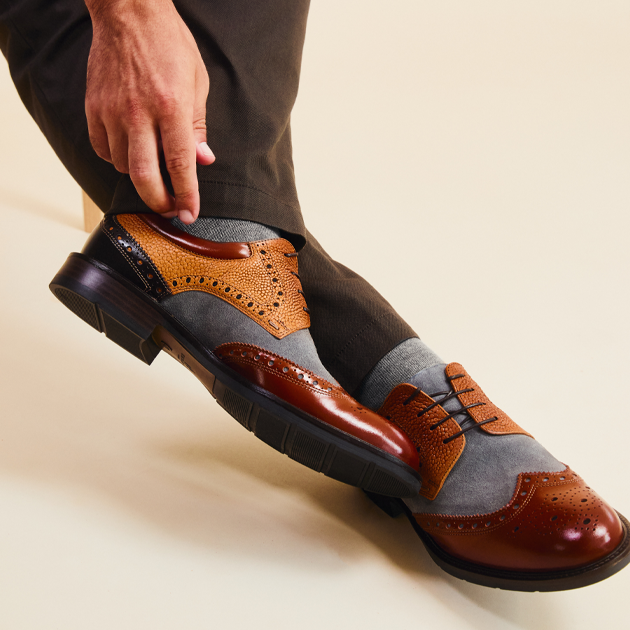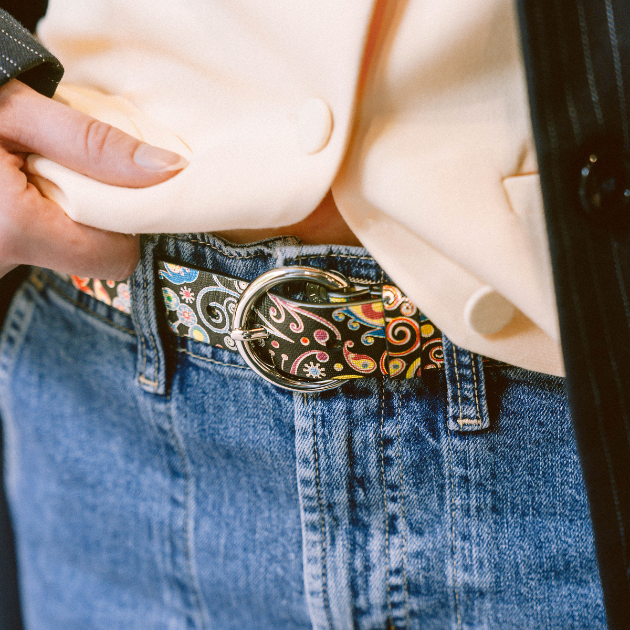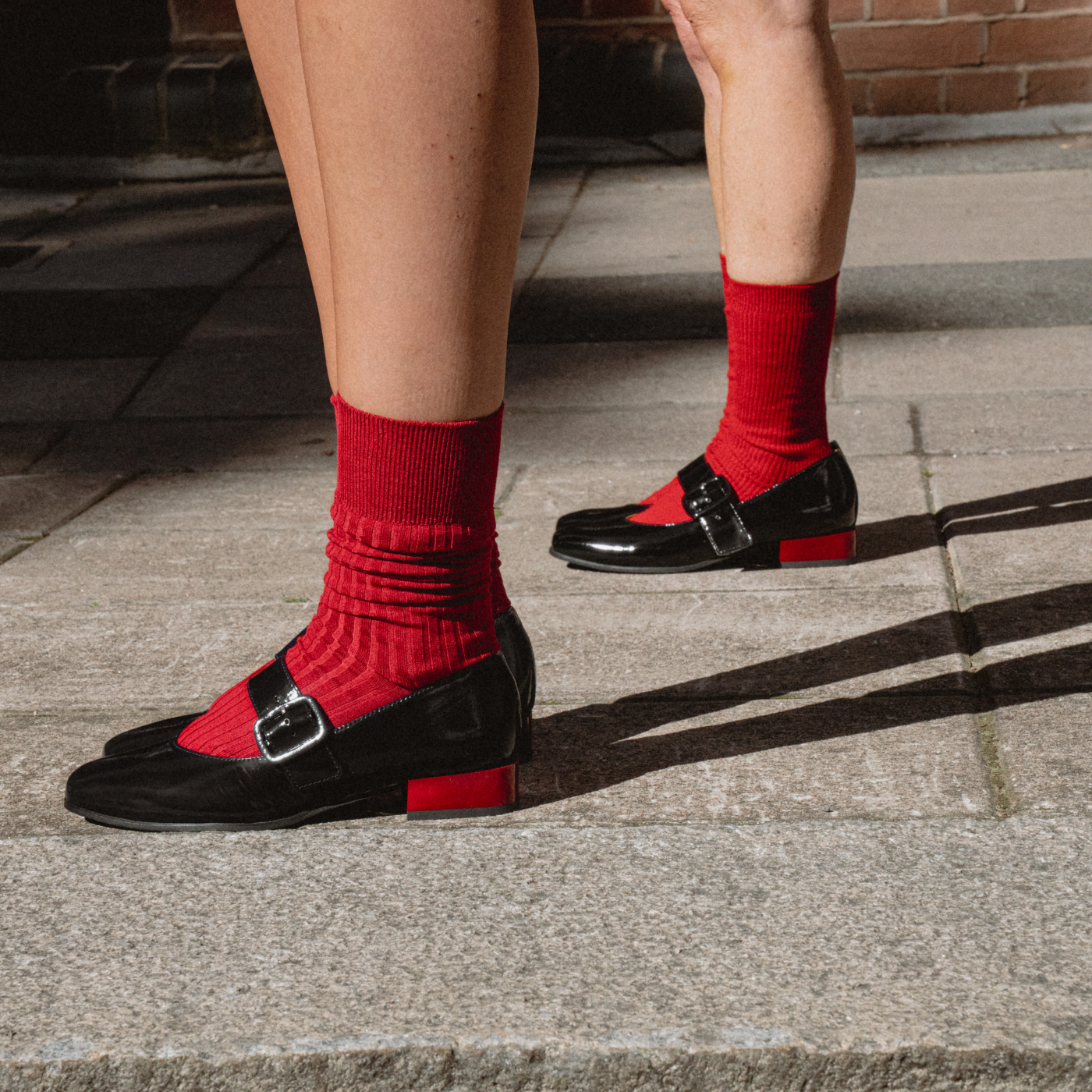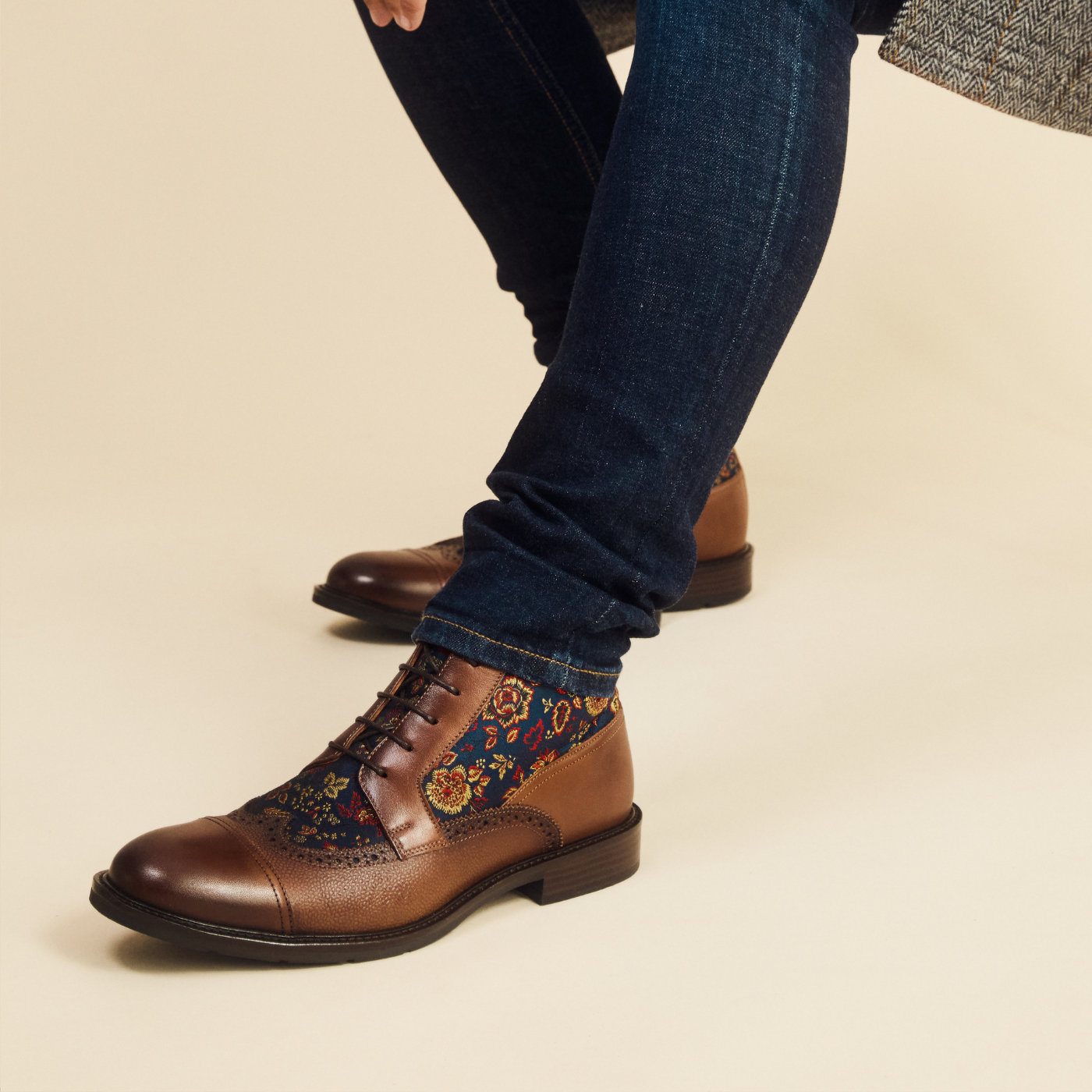

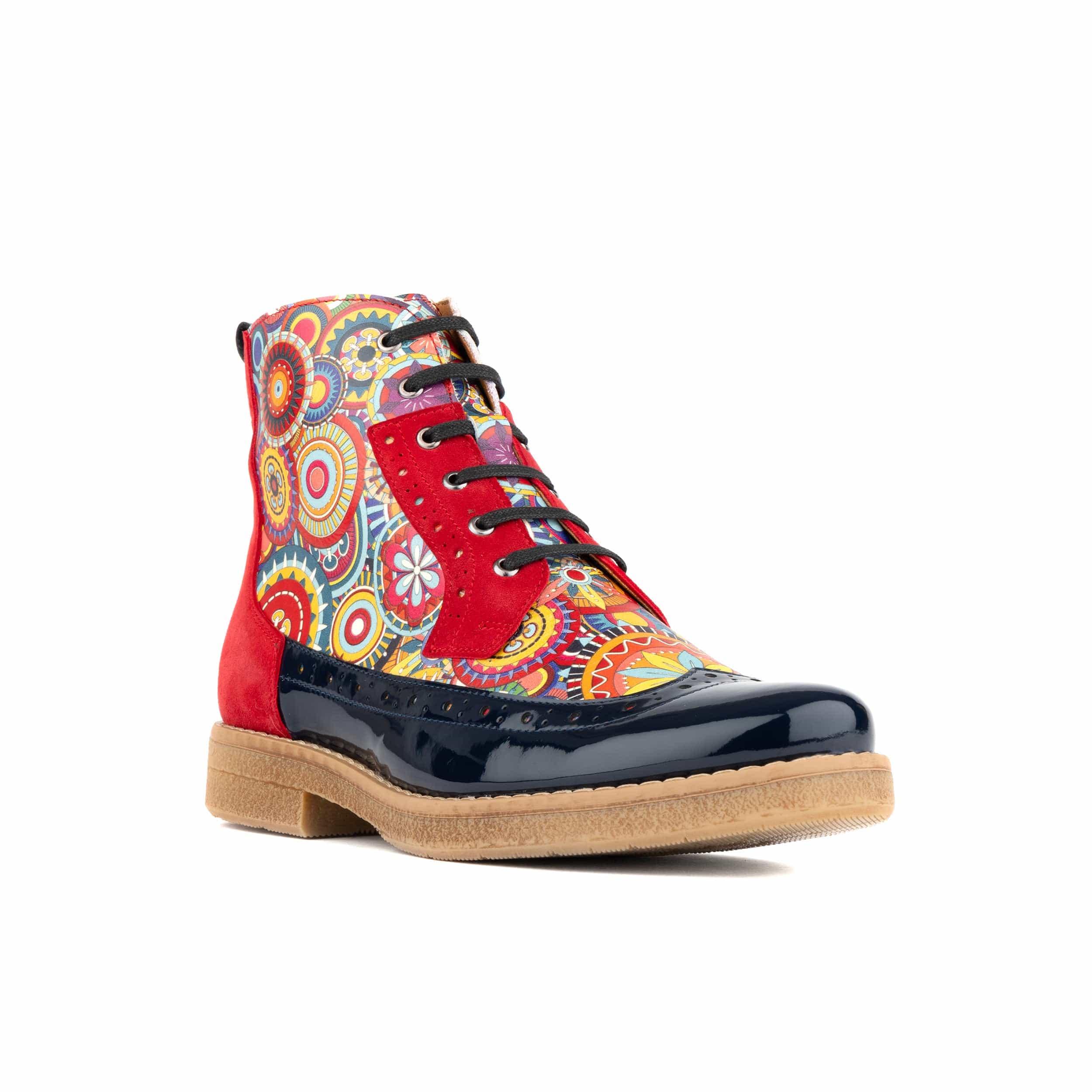


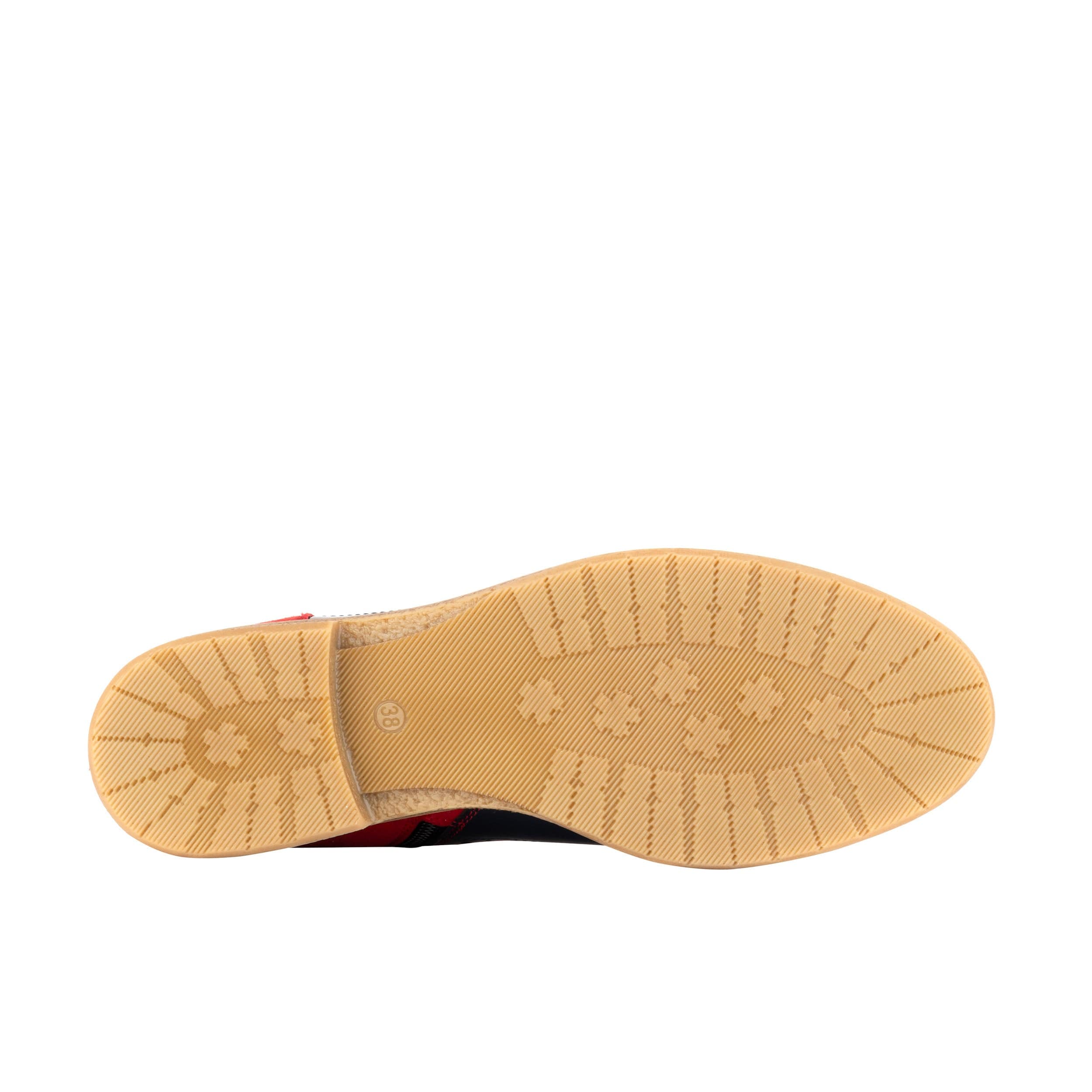
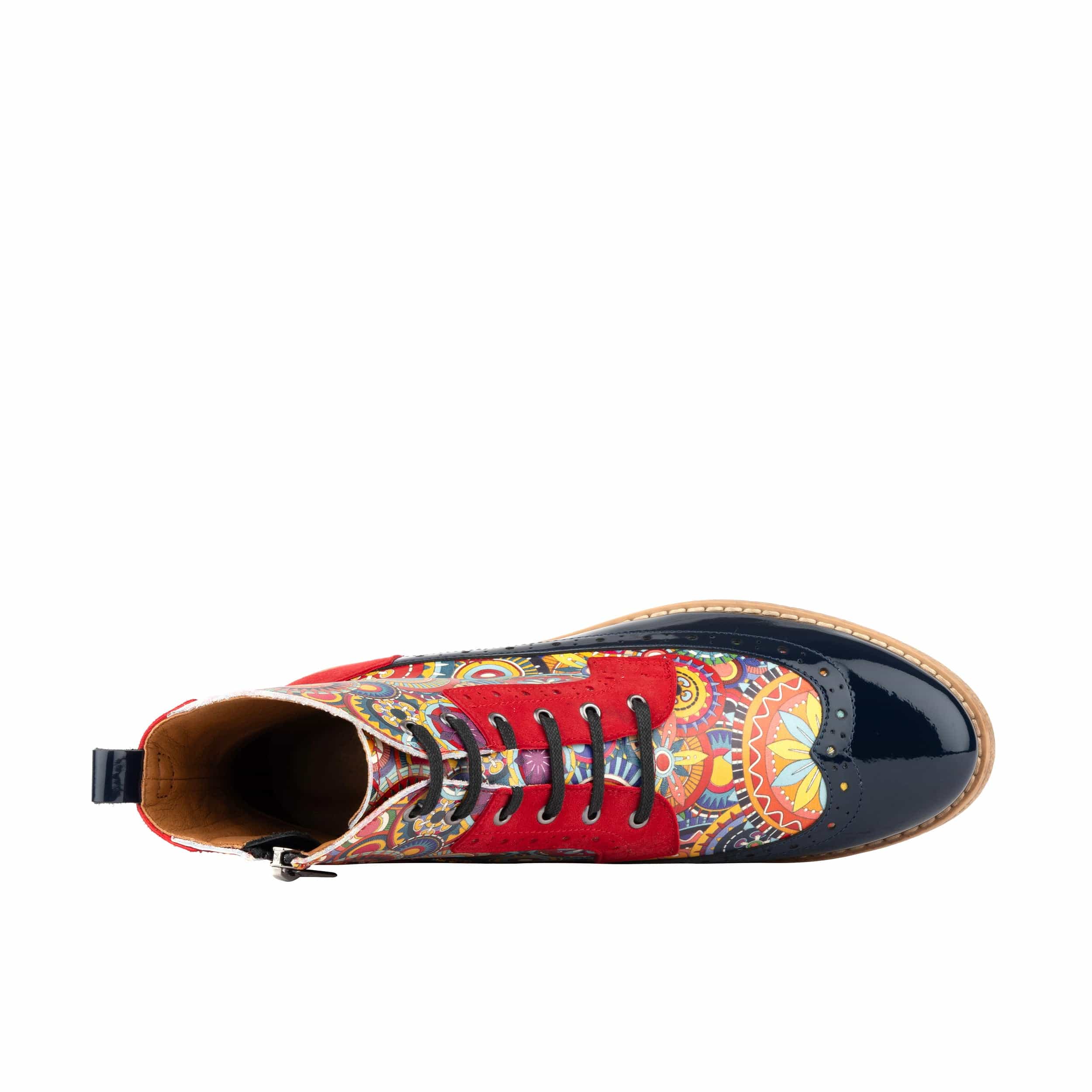
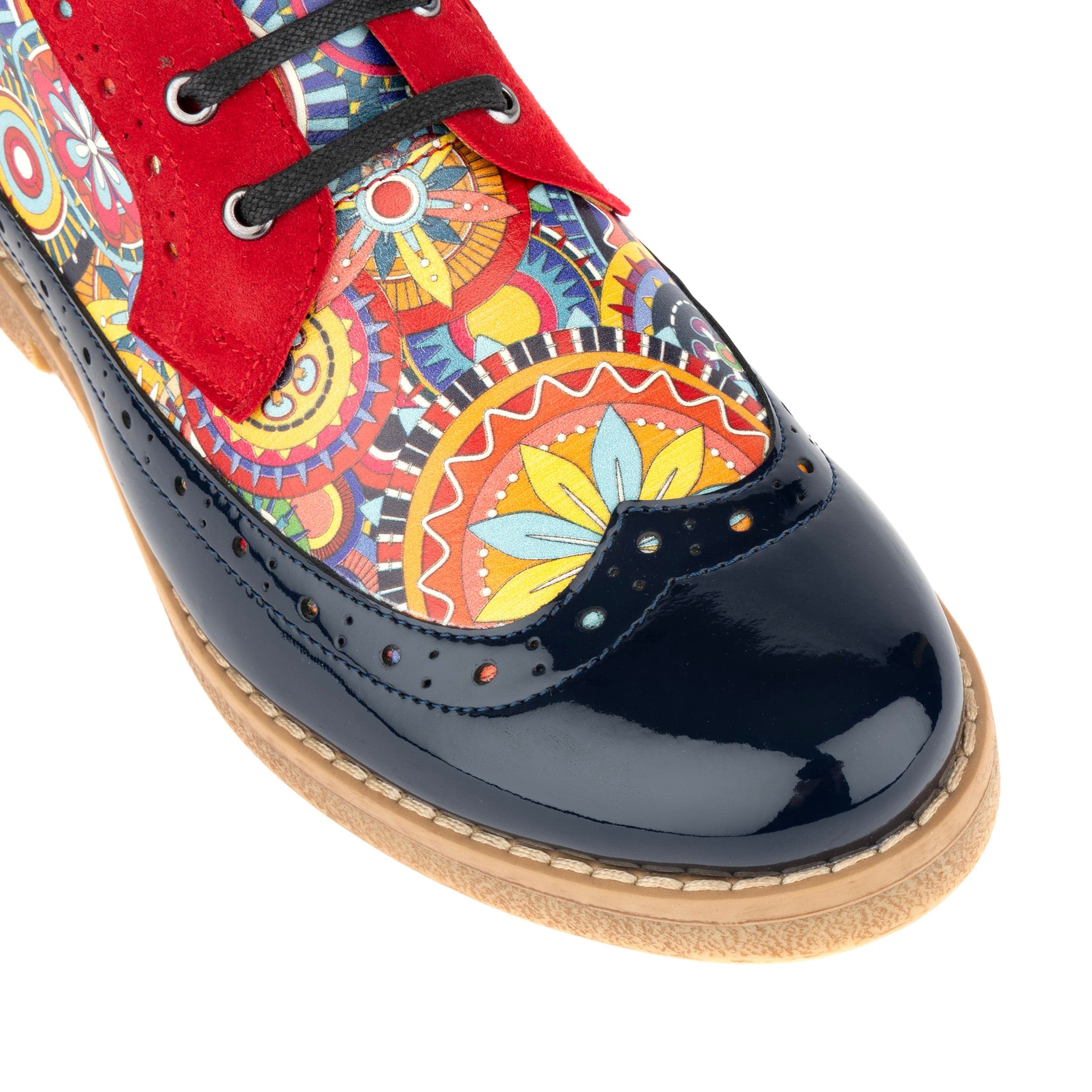

Hatter Red Navy
Women's leather ankle boot with laces and zipCheckout securely with
Free In-Store Pickup available at
Habituellement prête en 1 heure
To collect, please select your preferred location during checkout.

Hatter - Red Navy - Women's leather ankle boot with laces and zip
UK 2 / EU 35 / US 4
Brighton
22 Bond Street
Embassy London
Brighton BN1 1RD
Royaume-Uni
Canterbury
11 Mercery Lane
Canterbury CT1 2JL
Royaume-Uni
Camden
207 Chalk Farm Road
Embassy London
London NW1 8AB
Royaume-Uni
Greenwich
2a Greenwich Market
Embassy London
London SE10 9HZ
Royaume-Uni
Free UK delivery over £75

Free UK Returns
Next Day Delivery order by 12PM

Handcrafted in Europe
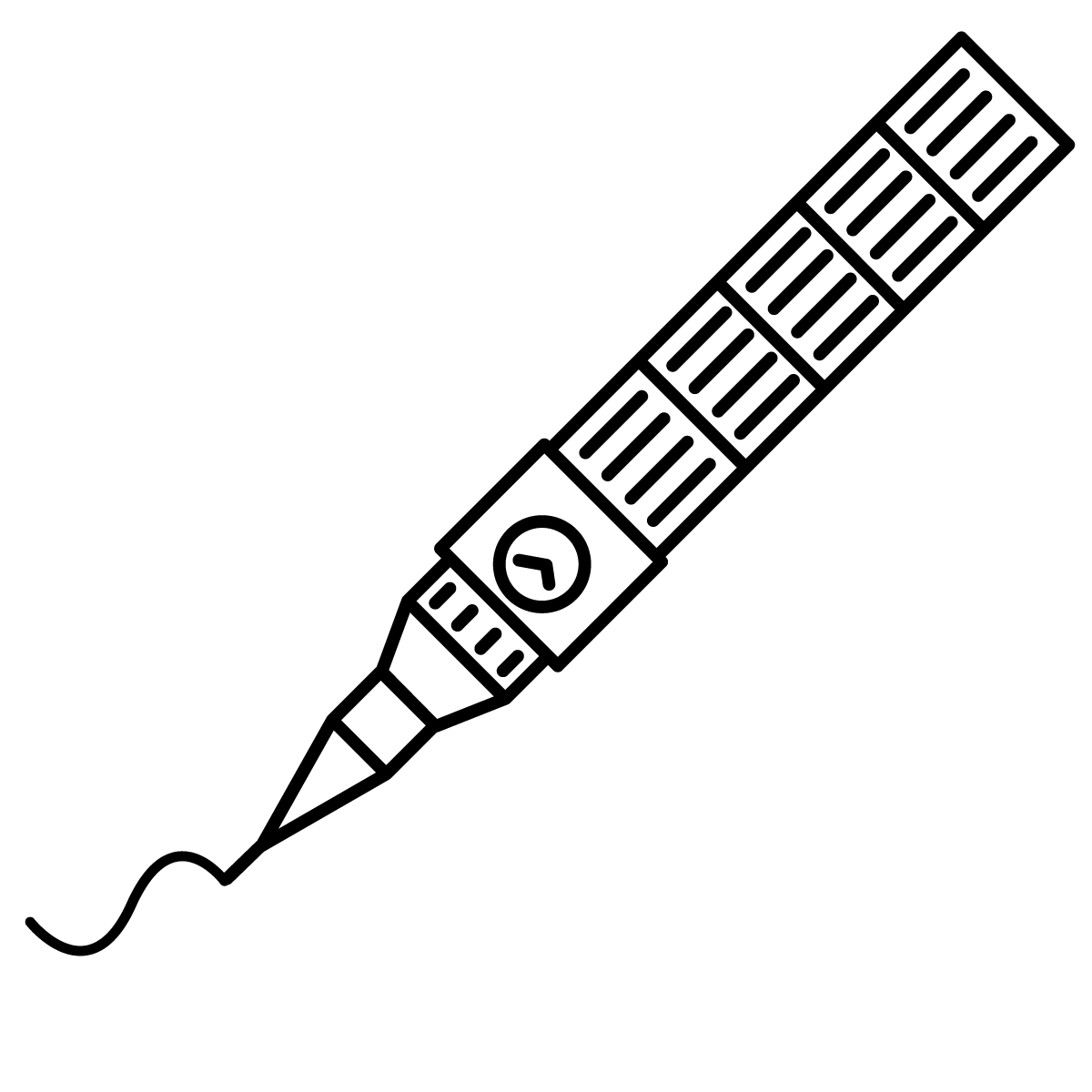
Designed in London
Product Details
- European Leather inside and outside
- Handcrafted in Europe
- Comfortable rubber sole
- Lace-up closure for a personalised fit
- Side zip for convenience, easy slip on and off.
Effortless chic boots with a great mix of leather and suede. Let the Italian leather comfort your feet. Easy to wear with the laces at the front and zip at the side.
Delivery & Returns
Livraison standard au Royaume-Uni + retours gratuits
4,95 £
Livraison 1 à 5 jours ouvrés
GRATUIT - Livraison pour les commandes supérieures à 100 £
DHL RESTE DU MONDE (10-15) Jours ouvrables
£ 19,95
Livraison 15-20 jours ouvrables
Choisir les options









